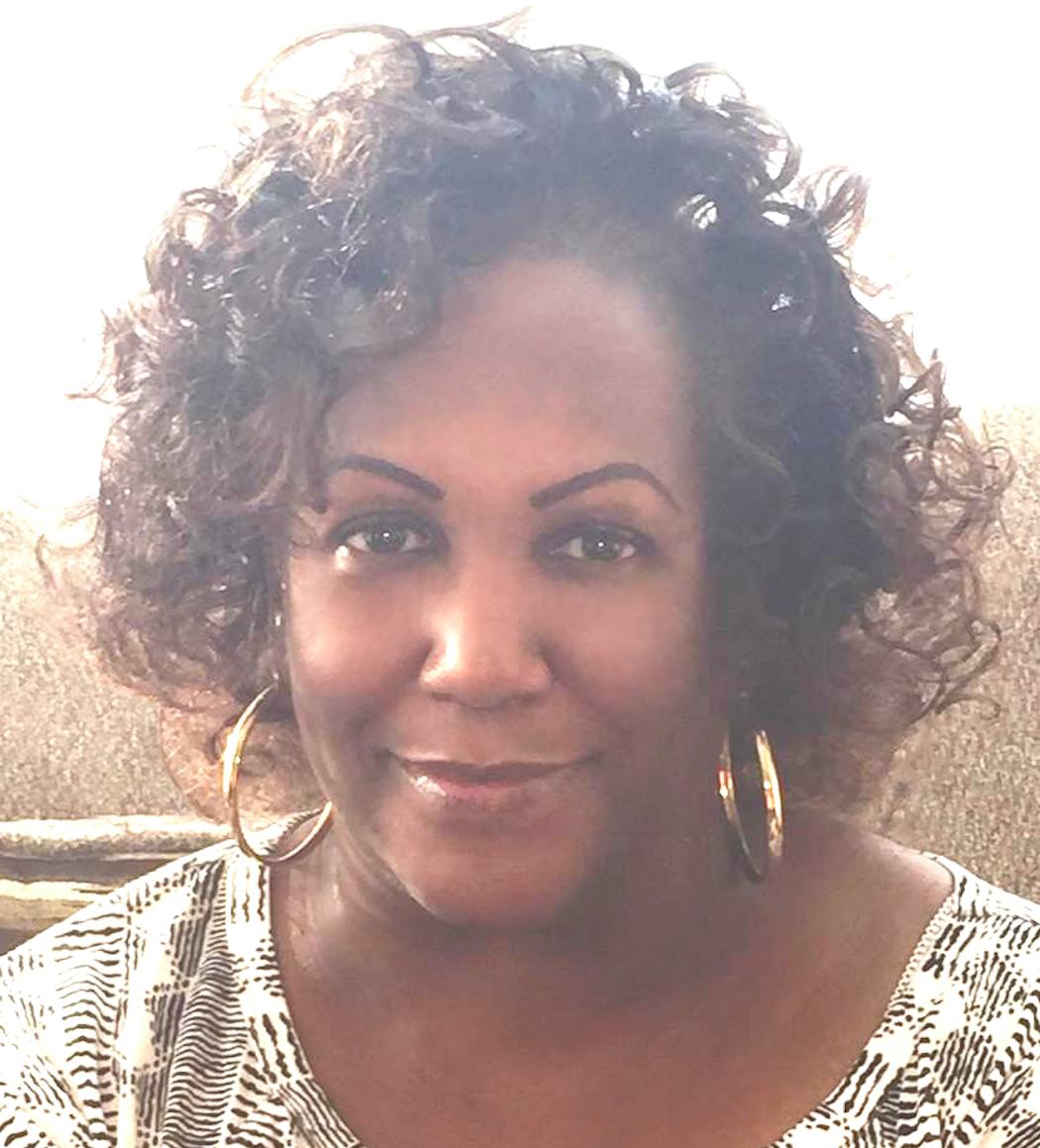Pilgrim Baptist Church, founded in St. Paul after the Civil War by an enslaved man who had escaped from Missouri, has been added to the National Park Service's Underground Railroad Network to Freedom program.
Of the program's more than 700 sites, the 95-year-old church in the Summit-University neighborhood is the first to be so designated in Minnesota.
"History tells us that Minnesota had Underground Railroad activity going on," said Elyse Pearson-Hill, a Georgia genealogist from St. Paul's Rondo neighborhood whose research led to Pilgrim Baptist's recognition. "But this is the first site documented. This was my goal: 'I'm going to put Minnesota on the map.'"
Stephanie Dilworth, chair of Pilgrim Baptist's board, said church members are delighted with Hill's work. As part of the Network to Freedom program, the church is eligible to apply for federal grants to preserve, highlight and share its place in history.
Leaders at Pilgrim Baptist, which is listed on the National Register of Historic Places, have not yet explored their next steps.
"We are very excited to receive this designation," Dilworth said.
So, too, is St. Paul Mayor Melvin Carter. Pilgrim Baptist is where he was baptized and the church he grew up attending. Its Boy Scout troop, which Carter belonged to, carried the American flag at his first inauguration as mayor.
"It's humbling to see our story evolve in such a remarkable way," Carter said Wednesday, praising Hill's work in making the church's recognition possible. "Pilgrim Baptist Church rightfully deserves acknowledgment for its significant role in protecting those who escaped chattel slavery."
A raft to freedom
Pilgrim Baptist's origins are almost cinematic. It started with Robert Thomas Hickman, who was born into slavery in Boone County, Mo., in 1831. He learned to read and write with the permission of his enslaver and was allowed to preach at several area plantations.
In May 1863, unable to win their freedom despite the Emancipation Proclamation because they lived in a slave state that hadn't left the Union, Hickman, his wife Minta and a large group of slaves escaped one night and took to the Mississippi River on a makeshift raft — only to drift helplessly, with no oars or a way to navigate.
According to "The Children of Lincoln: White Paternalism and the Limits of Black Opportunity in Minnesota" by former Augsburg history Prof. William Green, a steamboat heading north to take Dakota people from Minnesota after the U.S.-Dakota War of 1862 came upon the raft and towed the group on its way to St. Paul.
Pearson-Hill said her research into the Hickmans, who were owned by neighboring plantation owners, suggests the raft story may not be completely accurate. The escaped slaves may have been residents of a "contraband" camp near St. Louis who were sent at the request of Union Gen. Henry Sibley to Fort Snelling, which was short of workers because of the Civil War and the U.S.-Dakota War.
"He wanted to get these newly freed African Americans," Pearson-Hill said of Sibley. "He wanted to get a good labor force."
Hickman preached to Black families in St. Paul, holding services in their homes and renting space. In 1866, he led a baptismal service on the Mississippi River, and Pilgrim Baptist was born. Hickman was ordained in 1877 and led the congregation until he died on Feb. 6, 1900. He and Minta are buried together in St. Paul's Oakland Cemetery.
Pilgrim Baptist, which moved to its current home at 732 Central Av. W. in 1928, joins other Network to Freedom program sites that include churches, cemeteries, houses — even rivers and bridges, Pearson-Hill said.
Pearson-Hill, who attended Maxfield School and St. Paul Central High School, joined the Army shortly after graduating in 1977 and later settled in Georgia.
"It was the fastest way to get out of Minnesota," she said. "I am not a winter person."
Saying she never really knew the story of Blacks in Minnesota, Pearson-Hill began doing genealogy research about 20 years ago and decided to research area churches. Pilgrim Baptist, she said, "was right down the street from where I grew up."
It took about a year to complete her work, she said, adding: "It's a fascinating story."

What happened when Uber and Lyft shut down in the Texas capital
Minnesota groups at the forefront of relief efforts in Sudan

Attorney Tayler Rahm wins GOP backing in battleground Second District




